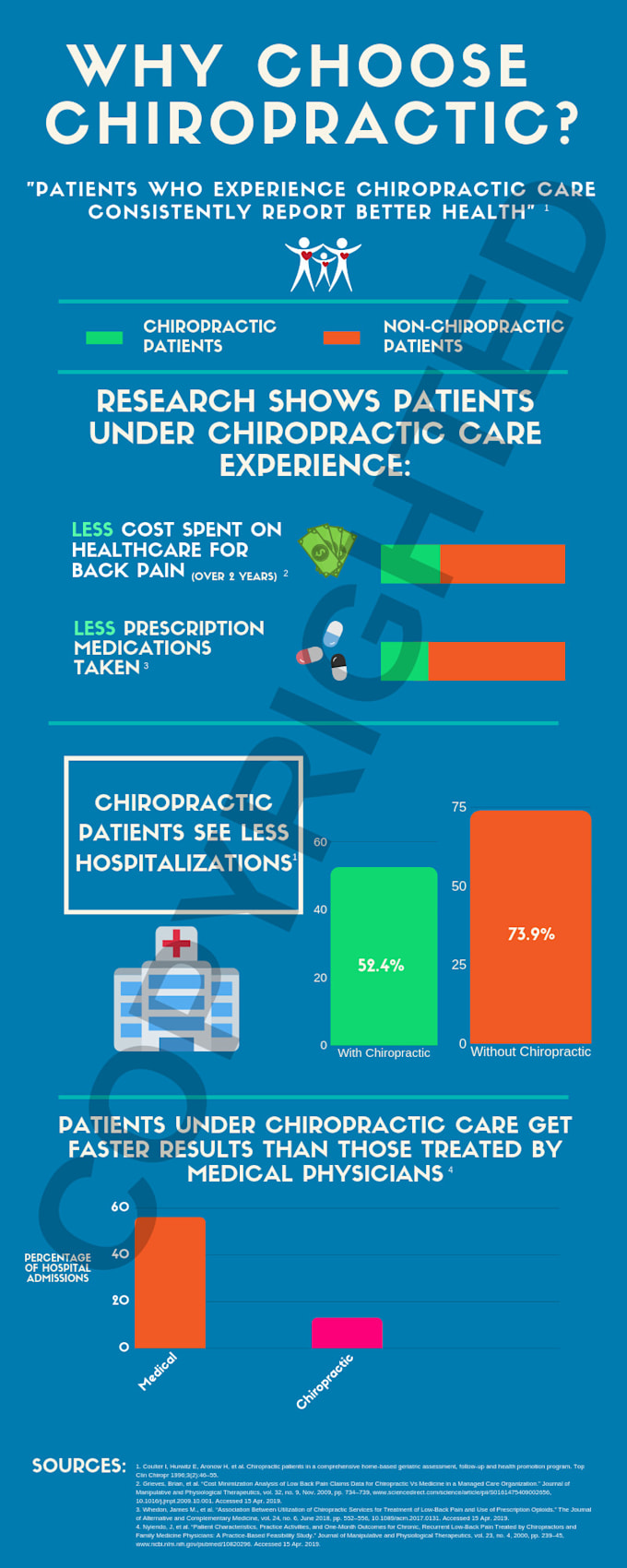Comprehending Nutrition'S Duty In Pain In The Back Monitoring: Beneficial Foods And Foods To Stay Clear Of
Comprehending Nutrition'S Duty In Pain In The Back Monitoring: Beneficial Foods And Foods To Stay Clear Of
Blog Article
Short Article Composed By-Russo Lykke
When it involves handling your pain in the back, the food options you make can considerably impact just how you feel each day. Imagine having the ability to reduce your pain simply by readjusting what you consume. By understanding the function of nourishment in back pain administration and understanding which foods to incorporate or stay away from, you can take proactive steps towards a healthier and a lot more comfy lifestyle. The connection in between nourishment and back health is much more profound than you might realize-- let's discover exactly how particular foods can either relieve or aggravate your pain in the back.
Relevance of Nutrition in Pain In The Back
Nutrition plays a critical duty in handling neck and back pain. Your diet regimen can dramatically influence inflammation levels and total pain degrees in your back. Taking in a balanced diet abundant in nutrients like vitamins D and K, calcium, magnesium, and omega-3 fatty acids can help in reducing inflammation and reinforce bones, which are vital for back health.
Additionally, preserving a healthy weight with correct nourishment can relieve stress and anxiety on your back, minimizing the danger of neck and back pain.
Furthermore, chiropractor salary like antioxidants located in vegetables and fruits can help fight oxidative stress and anxiety and promote healing in the body, including the back muscle mass and back.
On the other hand, eating excessive quantities of refined foods, sugary drinks, and undesirable fats can add to swelling and weight gain, aggravating neck and back pain.
Foods to Consume for Back Health
To support a healthy and balanced back, integrating nutrient-rich foods into your day-to-day meals is essential. Including foods high in anti-oxidants like berries, spinach, and kale can help reduce swelling in your back, alleviating pain and pain. Omega-3 fatty acids located in fatty fish such as salmon and mackerel have anti-inflammatory homes that can benefit your back wellness.
Furthermore, eating how to treat lower back pain and seeds like almonds, walnuts, and chia seeds provides important nutrients like magnesium and vitamin E, which support muscular tissue feature and reduce oxidative anxiety. Integrating lean proteins such as hen, turkey, and tofu can assist in muscular tissue repair service and maintenance, advertising a solid back.
Do not fail to remember to include dairy or strengthened plant-based alternatives for calcium to sustain bone health and wellness. Lastly, moisturize with a lot of water to keep your spine discs hydrated and working ideally. By including these nutrient-dense foods in your diet, you can nourish your back and assistance general spinal health and wellness.
Foods to Stay Clear Of for Pain In The Back
Go with staying clear of processed foods high in sugarcoated and trans fats when looking for relief from neck and back pain. These sorts of foods can contribute to inflammation in the body, which might exacerbate pain in the back. Say no to https://www.redmond-reporter.com/business/chiropractic-instrument-takes-the-crack-out-of-spinal-adjustment/ , pastries, and sugary beverages, as well as fast food products like hamburgers, french fries, and fried poultry that are typically loaded with trans fats.
Additionally, stay away from foods containing high levels of polished carbohydrates, such as white bread, pasta, and pastries, as they can surge blood glucose levels and potentially intensify inflammation in the body.
It's additionally important to restrict your intake of foods high in saturated fats, like red meat and full-fat dairy items, as they can add to inflammation. Refined foods like deli meats, chips, and packaged treats are frequently high in hydrogenated fats and should be eaten in moderation.
Final thought
In conclusion, taking notice of your diet plan and making smart food selections can have a substantial impact on handling back pain. By integrating nutrient-rich foods like berries, fatty fish, nuts, and lean healthy proteins, and avoiding refined and sweet items, you can help reduce inflammation and support in general back health. Bear in mind, what you consume plays a crucial duty in how you feel, so ensure to prioritize your nutrition for a healthier back.
